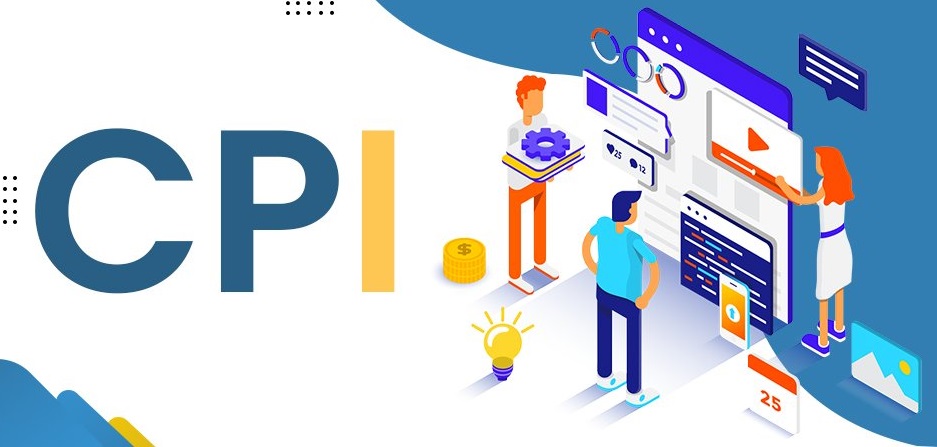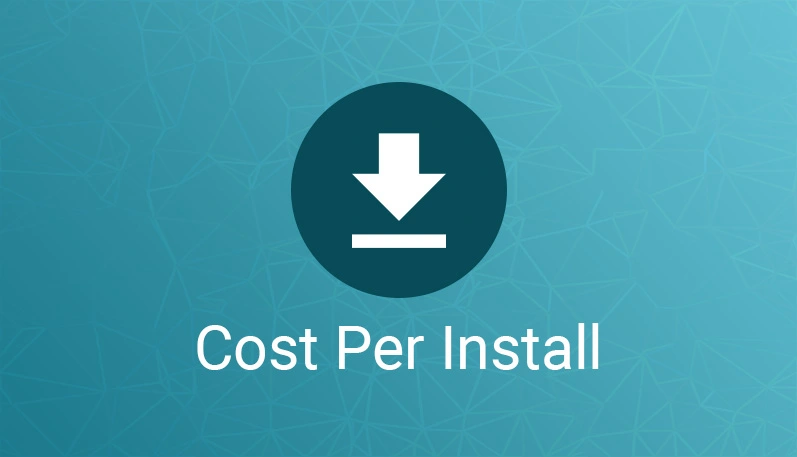Decoding the Success Metric Understanding Cost Per Install
In the dynamic realm of digital marketing, staying ahead of the curve necessitates a solid grasp of key performance metrics. One such metric that plays a pivotal role in app marketing is Cost Per Install (CPI). Businesses, such as Indidigital, aiming to thrive in the app-driven world, must comprehend CPI. In this blog post, we will delve into the intricacies of CPI, its significance, and strategies for optimizing it to ensure your app’s success.
Understanding Cost Per Install (CPI)
Cost Per Install, abbreviated as CPI, serves as a fundamental metric in app marketing. It quantifies the expenditure required to acquire a single user installation of a mobile application, measuring the advertising expenses needed to convince a user to download and install your app.
The Significance of CPI in Your App Marketing Strategy
Cost Efficiency: CPI facilitates the evaluation of the cost-effectiveness of your user acquisition campaigns, providing a clear insight into how efficiently you convert ad spend into actual app installations.
Campaign Performance: By monitoring CPI, you can assess the performance of different marketing channels and campaigns. This allows you to identify the sources or strategies that yield the lowest CPI, enabling you to allocate resources more effectively.
Budget Optimization: Armed with knowledge about your CPI, you can establish realistic budget expectations and allocate funds to the most effective marketing channels, ensuring the optimal utilization of resources.
ROI Calculation: CPI plays a pivotal role in calculating the Return on Investment (ROI) for your app marketing endeavors. It aids in determining whether the cost of acquiring users aligns with the value they bring to your app.
Calculating CPI: A Simple Formula
Calculating CPI is straightforward. To determine your CPI, divide the total ad spend by the number of app installations during a specific time period:
CPI = Total Ad Spend / Number of Installations
Strategies to Optimize CPI for Your App with what is cost per install
Precise Audience Targeting: Precision is paramount. Ensure that your ads reach the audience most likely to be interested in your app. Utilize demographics, interests, and behavior targeting to refine your audience.
Creative Enhancement: Invest in compelling ad creatives. Utilize attention-grabbing visuals, persuasive ad copy, and clear Calls to Action (CTAs) to entice users to install your app.
A/B Testing: Continuously experiment with different ad variations to identify the elements that resonate most effectively with your audience. Test components such as ad copy, visuals, and CTAs to reduce CPI.
Optimize Landing Pages: If your ads direct users to a landing page, ensure it is optimized for conversions. A seamless user experience can lower abandonment rates and enhance CPI.
Strategic Ad Scheduling: Time your ad campaigns to coincide with periods of high user activity. This can lead to more efficient conversions and lower CPI.
Thorough Campaign Analysis: Routinely analyze the performance of your marketing campaigns. Identify and reallocate budgets away from channels with high CPI and toward those delivering superior results.
In Conclusion: Driving App Success with CPI
Cost Per Install transcends mere metrics; it serves as a vital compass guiding your app marketing journey. Understanding CPI empowers you to make informed decisions, allocate resources wisely, and optimize your user acquisition efforts for improved ROI. For Indidigital, leveraging the power of CPI can be a game-changer in the competitive app market, resulting in increased app installations, enhanced user engagement, and overall business success.
To get in touch with INDIDIGITAL TEAM, contact at +91-9971778006, email us- contact@indidigital.com. Visit our website Indidigital or cost per install mobile advertising you can also contact us on our Facebook handles.



